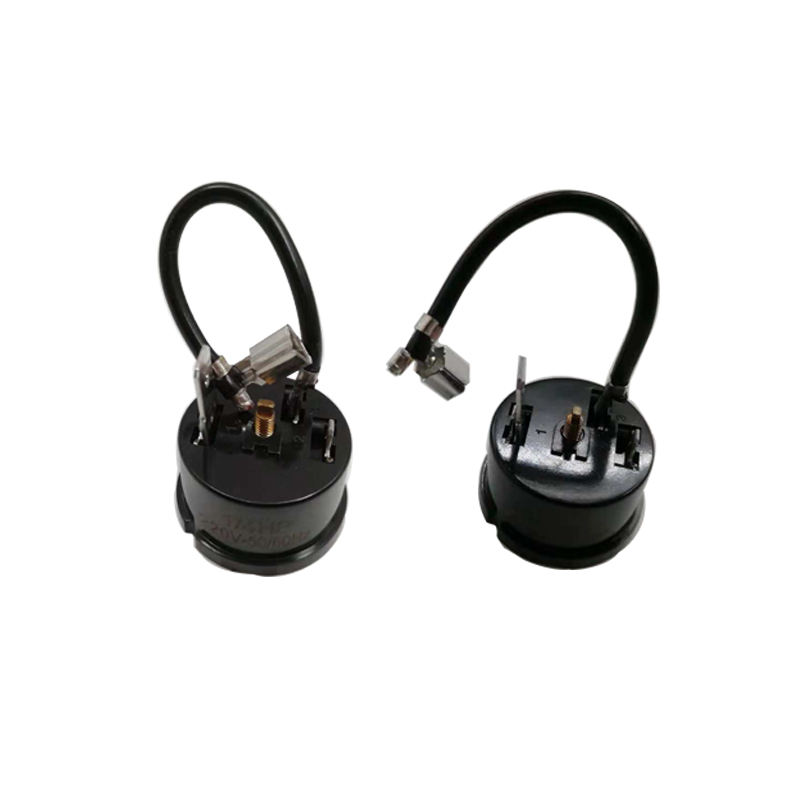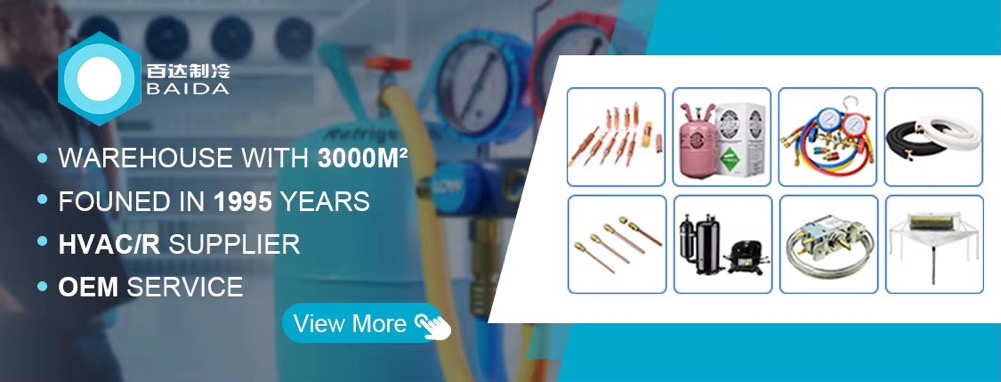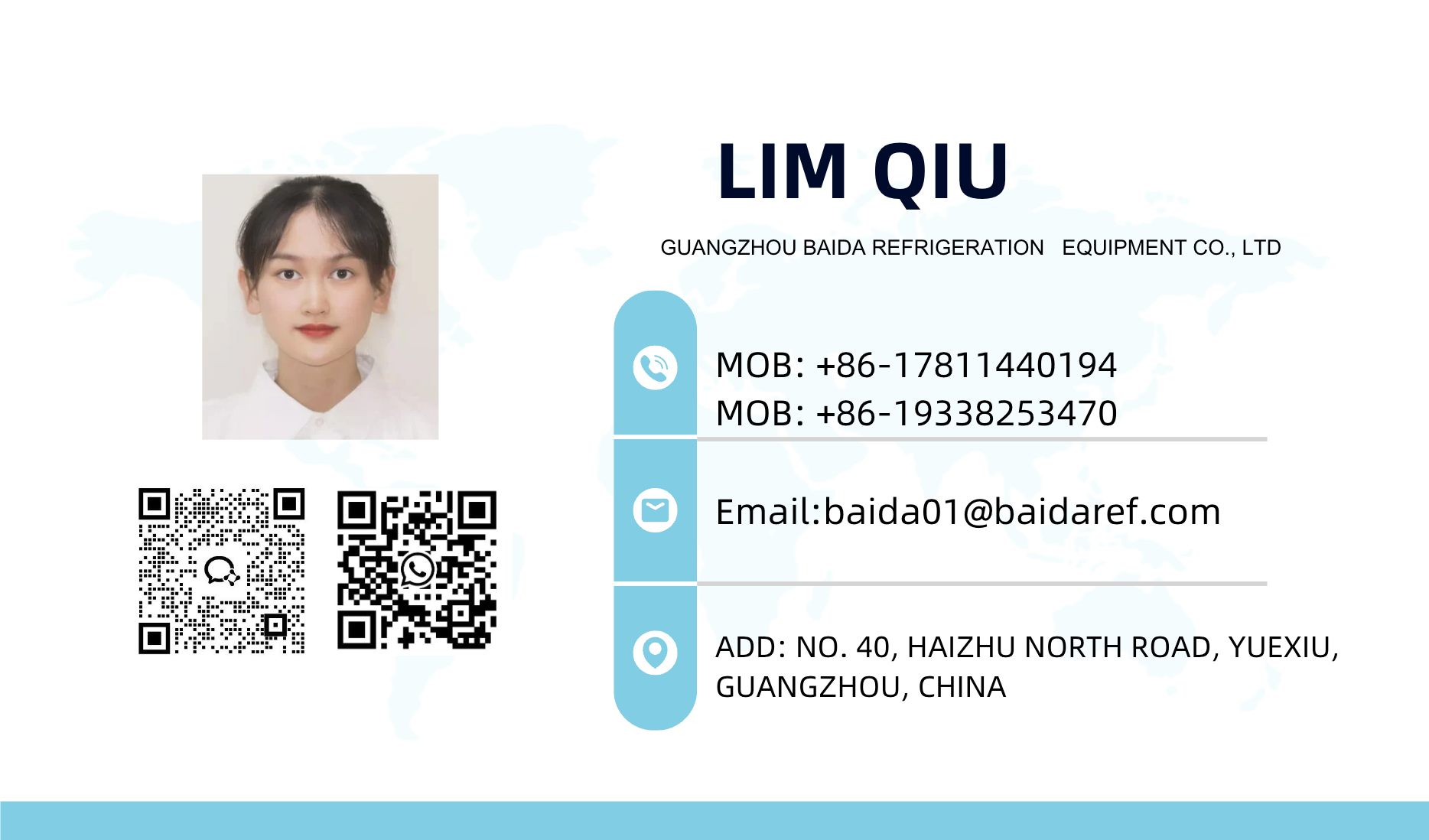QD Overloads acts as an overload protection device for motors. When the motor operating current exceeds its rated value, the overload relay triggers and disconnects the circuit to prevent the motor from being damaged by overheating.
Contacts: There are contacts inside the relay, which are used to switch the on and off state of the circuit when the thermal element reaches a certain temperature. The contacts are usually made of copper or other conductive metals.

Pins: There are metal pins at the bottom of the relay for connecting the power supply and control circuit. The design of the pins allows the relay to switch the on and off state of the circuit when receiving a signal.
Rated parameters: The rated parameters of the overload relay include rated current, rated voltage, response time, etc. These parameters are crucial for selecting a suitable relay.
Application: QD Overloads are widely used in various motor control applications, such as industrial machinery, household appliances, pumps, fans, etc.
Installation: The overload relay is usually installed in the junction box of the motor and connected to the power line of the motor.
Model Identification: The relay may be marked with a model number or specification, which helps to identify the specific characteristics and application range of the relay.










